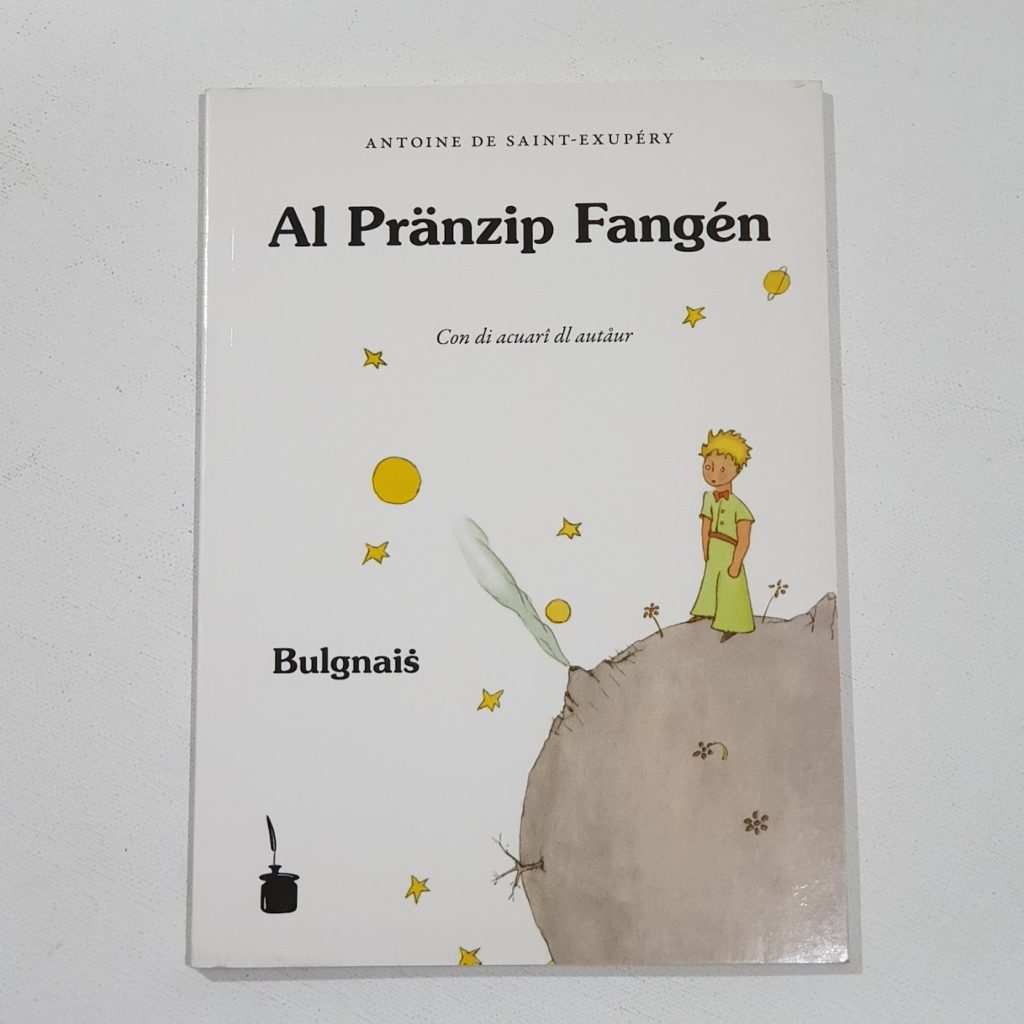
Al Pränzip Fangén — in Emilian-Bolognese.
Emilian Bolognese, or simply Bolognese, is one of the most distinctive and historically significant varieties of the Emilian language, itself part of the broader Emilian-Romagnol branch of the Gallo-Italic family. Rooted in the city of Bologna—famed for its ancient university, red-bricked porticoes, and rich intellectual heritage—Bolognese developed as a vibrant urban language shaped by centuries of local autonomy, trade, and cultural exchange. Emerging from the Latin spoken in the Po Valley and heavily influenced by Lombard and Frankish presence after the fall of the Roman Empire, Bolognese evolved alongside its Emilian cousins such as Modenese, Reggiano, and Parmigiano, yet maintains its own unmistakable phonetic traits, notably a distinctive series of vowel sounds and nasalisations that set it apart within the Gallo-Italic landscape.
Historically, Bolognese thrived in the bustling atmosphere of Bologna, Europe’s oldest university city, where it served as both the language of the common people and a medium for literature, theatre, and folk expression. While Latin and later Tuscan (the basis of Standard Italian) dominated the world of scholarship, Bolognese reigned in the taverns, markets, and backstreets, giving voice to the humour, satire, and sharp wit of a fiercely independent citizenry. The language found lively expression in zirudèle (satirical poems), local songs, and theatrical performances, often poking fun at clerics, politicians, and social norms. It also carried the warmth of family and neighbourhood bonds, encapsulating the communal spirit of Bologna’s narrow alleys, piazzas, and towers.
Culturally, Bolognese speakers inhabit a city renowned not only for intellectual life but also for culinary mastery—the birthplace of ragù alla bolognese, mortadella, and countless other gastronomic treasures. The language, like the cuisine, is seen as an expression of local pride and identity, linking modern Bolognese people to a long history of craftsmanship, solidarity, and artistic achievement. Though Bolognese shares deep historical and structural ties with neighbouring Emilian varieties, each city’s speech retains its local flavour, reflecting old rivalries, political histories, and patterns of migration.


